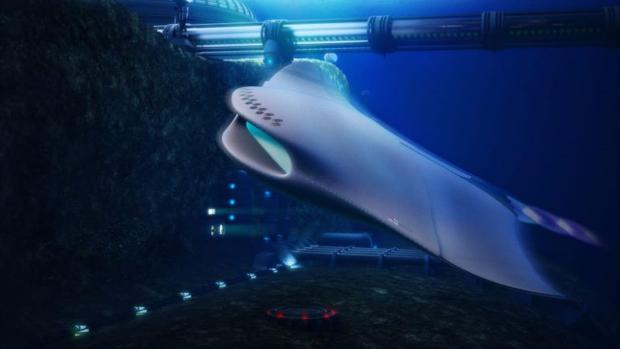
Breaking News
 Tucker shares 'backroom' info about brawl between him and Israel First crowd…
Tucker shares 'backroom' info about brawl between him and Israel First crowd…
 Why Isn't There a Cure for Alzheimer's Disease?
Why Isn't There a Cure for Alzheimer's Disease?
 US Government Revokes 80,000 Visas
US Government Revokes 80,000 Visas
 OpenAI CEO Sam Altman served legal papers during speech in dramatic on-stage ambush
OpenAI CEO Sam Altman served legal papers during speech in dramatic on-stage ambush
Top Tech News
 Goodbye, Cavities? Scientists Just Found a Way to Regrow Tooth Enamel
Goodbye, Cavities? Scientists Just Found a Way to Regrow Tooth Enamel
 Scientists Say They've Figured Out How to Transcribe Your Thoughts From an MRI Scan
Scientists Say They've Figured Out How to Transcribe Your Thoughts From an MRI Scan
 SanDisk stuffed 1 TB of storage into the smallest Type-C thumb drive ever
SanDisk stuffed 1 TB of storage into the smallest Type-C thumb drive ever
 Calling Dr. Grok. Can AI Do Better than Your Primary Physician?
Calling Dr. Grok. Can AI Do Better than Your Primary Physician?
 HUGE 32kWh LiFePO4 DIY Battery w/ 628Ah Cells! 90 Minute Build
HUGE 32kWh LiFePO4 DIY Battery w/ 628Ah Cells! 90 Minute Build
 What Has Bitcoin Become 17 Years After Satoshi Nakamoto Published The Whitepaper?
What Has Bitcoin Become 17 Years After Satoshi Nakamoto Published The Whitepaper?
 Japan just injected artificial blood into a human. No blood type needed. No refrigeration.
Japan just injected artificial blood into a human. No blood type needed. No refrigeration.
 The 6 Best LLM Tools To Run Models Locally
The 6 Best LLM Tools To Run Models Locally
 Testing My First Sodium-Ion Solar Battery
Testing My First Sodium-Ion Solar Battery
 A man once paralyzed from the waist down now stands on his own, not with machines or wires,...
A man once paralyzed from the waist down now stands on his own, not with machines or wires,...
Royal Navy looks to nature for futuristic sub concepts

With designs that mimic sea animals, the manned and unmanned concept undersea vessels are intended to handle a variety of tasks in a future world experiencing intense competition between nations for ocean resources.
Today's submarines may have become much more sophisticated in the past 40 years, but the basic design, construction, and missions of attack and ballistic missile submarines hasn't changed much. However, the 21st century is likely to be very different from the days of the Cold War, with increasing competition over undersea territory and resources as emerging regional powers flex their muscles and aquaculture, mining, and industry move away from the coasts and into the deep oceans.
Since this scenario would bring new military challenges, the Royal Navy tasked UKNEST, a forum founded in 2005 to promote the engineering, science and technology interests of UK Naval Defence, to come up with some blue-sky concepts to explore how new technology can address new threats and protect British assets and freedom of navigation. Taking nature as their inspiration, the graduate and apprentice engineers came up with ideas that melded bleeding-edge technology with simplified complex systems to produce more flexible and cheaper vessels.



